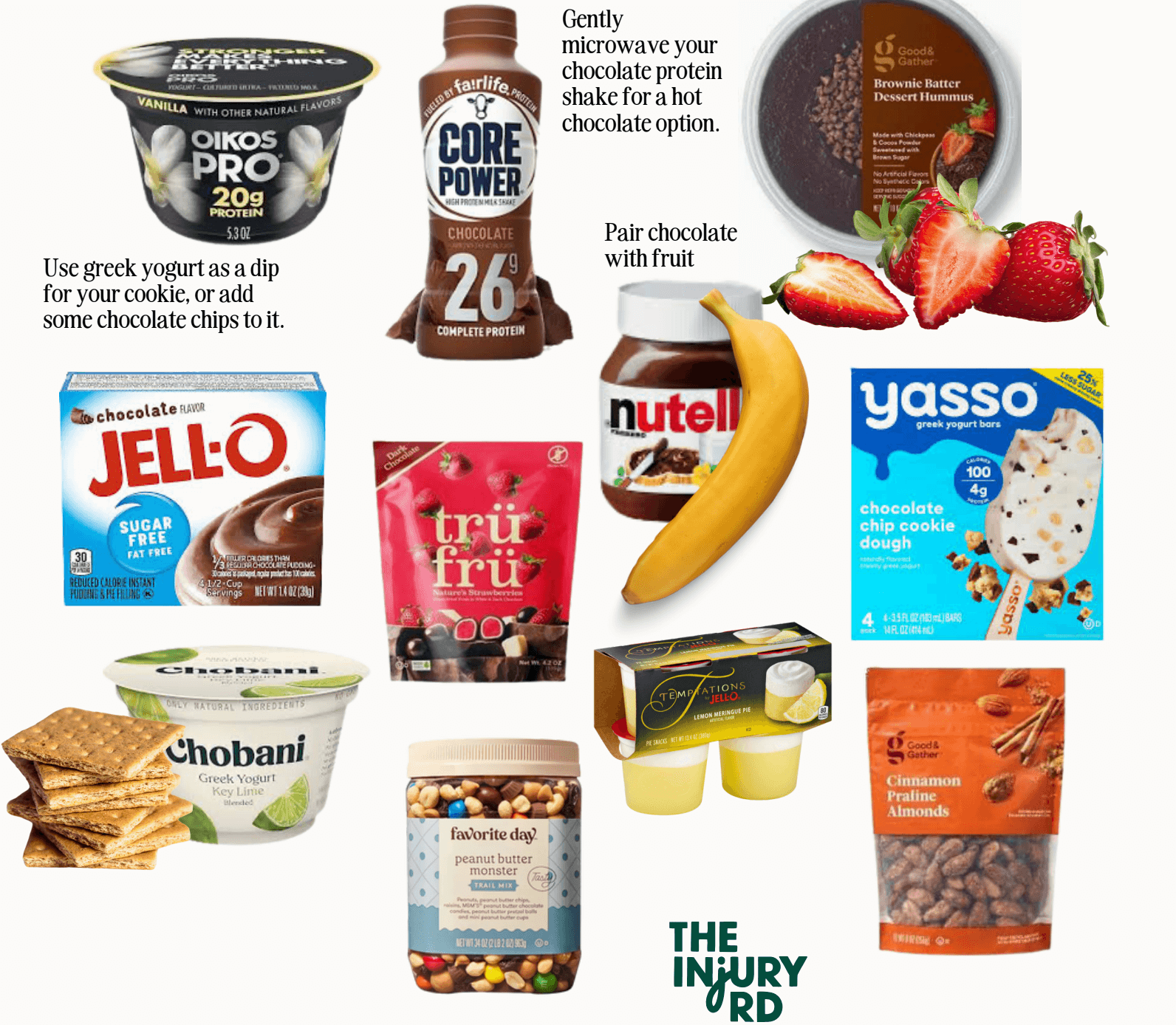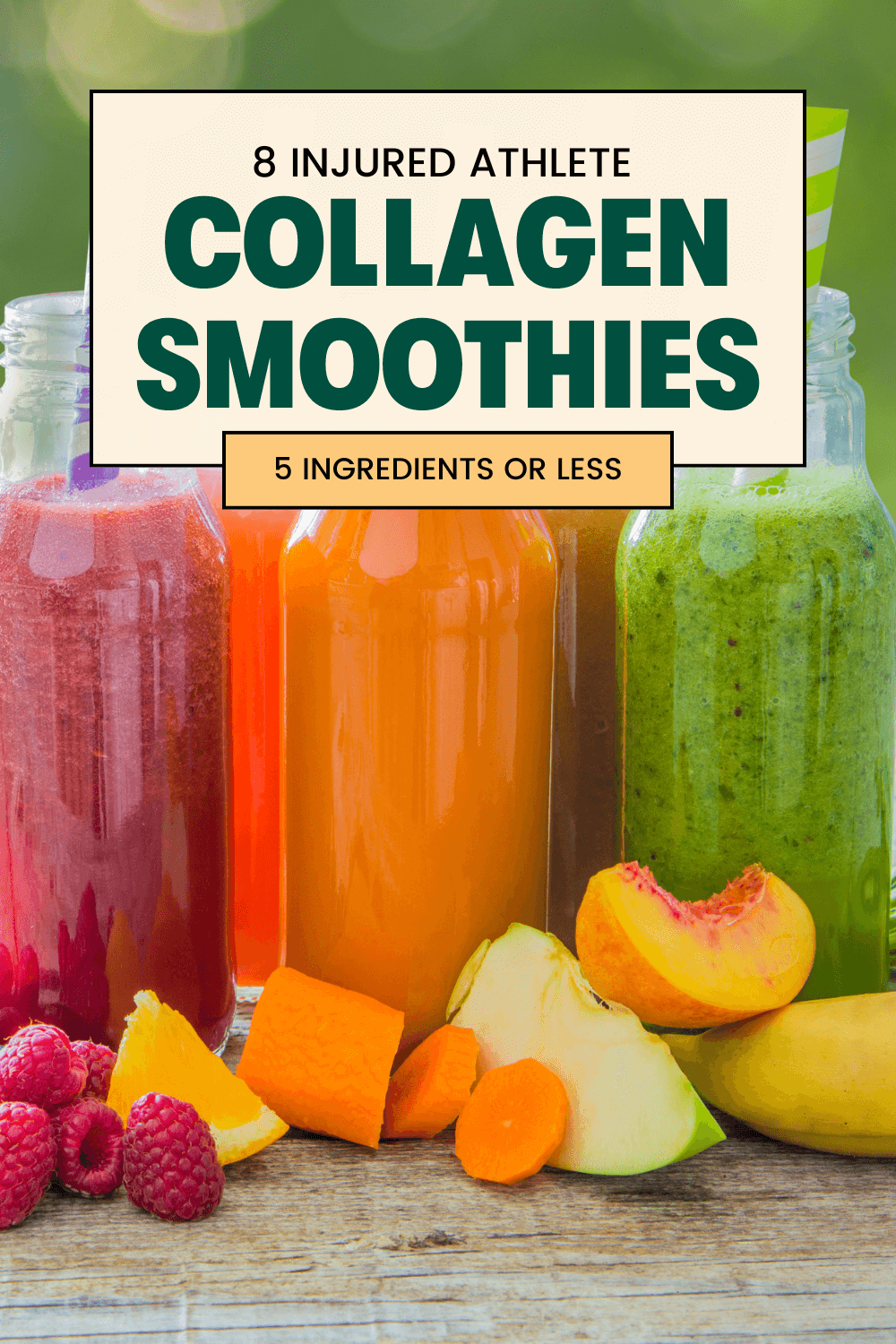Hey athlete,
If you’re dealing with a bone injury right now, you probably know calcium is important (more on that in Calcium Supplementation 101), but there are a few more bone supplements you need to know about.
Read on for:
- 2 must-have bone healing supplements (plus what, when, how to take them)
- When and how food can come into play
- 3 things even more important to consider than supplements
Want to watch this article instead?
Vitamin D
How does it help?
Think of vitamin D like the construction truck delivering the materials to your site. Vitamin D is important for calcium absorption, and let’s be real; no calcium = sloooooow recovery!
Can I get it through food (or the sun)?
Yes, technically, but we don’t typically see huge improvements in vitamin D status through food alone, and we’re generally much better at wearing sunscreen now, which will block the majority of vitamin D you’d receive from sunshine.
What kind should you take?
Vitamin D3. Although, your body has the ability to convert D2 into D3, so it’s not a huge deal if you have D2.
You do want to make sure your supplement is third-party tested!
Two brands I like?
- Klean Athlete (best for competitive athletes)
- NatureMade (easiest to find in stores)
How much should you take?
Here’s something important: Vitamin D is a FAT-soluble vitamin, so unlike other WATER-soluble vitamins you may take where you just pee out the extras, extra vitamin D will be stored in your system and can potentially lead to toxicity.
I feel relatively comfortable recommending 1000-2000 IU to you throughout your recovery.
Ask your doctor for vitamin D blood work on your next check-up. Your doctor (or a Dietitian that has seen your blood results), may recommend 5000, or even 10,000 IU.
Other important things to know:
Again, vitamin D is fat-soluble, so that also means you need to take this supplement with a fat food source to help digestion and absorption.
Take it with a meal, or with a snack that includes things like nuts, seeds, avocado, oil, butter, etc.
Magnesium
How does it help?
Similar to calcium, magnesium is important to help form new bone.
What kind should you take?
Okay, read this section! It’s important!
You’ll see a few different kinds of magnesium in supplement form.
Magnesium citrate is typically cheap, and easy-to-absorb.
BUT, it is also a natural laxative. Some athletes start to experience loose stools and diarrhea when taking ~400mg/day. If you choose this form, just take notice of any changes in bathroom habits and know your magnesium supplement might be the culprit.
Check your other supplements too, like a protein powder or melatonin, you might already be taking a dose or two.
Magnesium malate or glycinate are other forms that are easy-to-absorb that I would recommend (without the laxative effects.)
Two Brands I like?
- Thorne (best for competitive athletes)
- NatureMade (easiest to find in stores)
How much should you take?
Well… first let’s look at how much you’re currently eating.
Here are a few common food sources of magnesium:

Or check out the full NIH list.
Think about foods you’re eating often (at least a few times per week). How many mg do you think you’re getting on a daily basis on average?
Now take a look at the Recommended Daily Intake based on your age and gender:
| Gender | Age | Recommendation |
| All | 9-13 | 240 mg |
| F | 14-18 | 360 mg |
| M | 14-18 | 410 mg |
| F | 19-30 | 310 mg |
| M | 19-30 | 400 mg |
| F | 31+ | 320 mg |
| M | 31+ | 420 mg |
You can start there, and try to get enough through food!
If not, we can bridge the gap with a supplement.
100-300mg per day is a great dose. Lean more toward 300mg if you don’t eat a lot of foods regularly on the list above. Lean closer to 100mg if you do.
Other important things to know:
Magnesium interrupts calcium absorption and vice versa! Try to avoid taking it with a calcium food source or with a calcium supplement.
What’s MOST important for bone healing?
- Eating ENOUGH
Bone is an incredibly nutrient-dependent tissue, and there is a very TIGHT relationship between the amount of energy you have, your hormones, and your bone health. (More on that in this article.)
Aim for BARE MINIMUM 30 calories available for every kg of fat free mass, excluding the calories you’ve used for your sport. 45 or higher is optimal.
Let’s clarify…
Fat free mass is all the tissue in your body minus your adipose, or fat, tissue.
Most of us don’t have access to this info, so for most athletes, I’ll say you can help calculate a range for yourself by assuming you’re between 15 and 25% body fat. Take your body weight in kg (lbs divided by 2.2) and multiplying it by 0.75 or 0.85.
Then multiply both those numbers by 45 to give yourself a relative guess of the calories you’ll need.
Then of course, you’ll have to add EXTRA calories for any workouts or sports you add!

- Fueling for the work
Eating enough is important, but so is eating at the right time. If you go all day without food, but then make up those calories at night, you’ve still performed all your exercise or activity under-fueled, which may impact your bones.
- Getting carbs in, too!
Similarly, even if you’re eating throughout the whole day, and eating enough, there is evidence that when carbohydrate intake drops below 3g/kg, markers that indicate bone healing factors are decreased 1.
Conclusion
In conclusion, if you would like nutrition to help your stress fracture or bone fracture, I need you to think about the following
- Vitamin D
- Magnesium
- Eating enough!
- Eating throughout the entire day
- Continuing to include carbs (Despite what the internet may say…)
You might also like…
Calcium Supplementation 101
Have a question? Submit here!

















